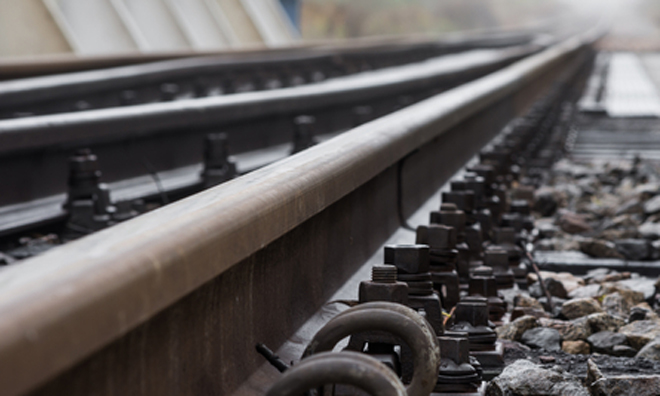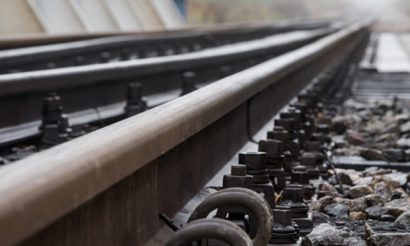Report highlights whole life benefits of concrete slab track
Posted: 7 September 2016 | | No comments yet
Britpave, the transport infrastructure association, has published a new report which calls for the examination of whole life cost benefits to be a perquisite for rail track investment and highlights the benefits of the concrete slab track


Britpave, the transport infrastructure association, has published a new report which calls for the examination of whole life cost benefits to be a perquisite for rail track investment and highlights the benefits of the concrete slab track.


The report, ‘The whole life (and other) benefits of concrete slab track’ argues that consideration of whole life costs that includes full account of long-term assured maintenance and minimum disruptive maintenance will forward concrete slab track, rather than ballast track, as the most viable long-term option for rail tracks.
“The UK is demanding more from its rail infrastructure than ever before. It is estimated that 2.5 billion rail journeys are made every year. This is forecasted to rise to over 3 billion by 2020”, said Steve Elliott, Britpave’s general manager. “This calls for the examination and implementation of whole life costs. Here, concrete slab tracks with their long-life and minimum maintenance can play a pivotal role in long-term cost efficiencies.”
Report suggests concrete slab track cuts operation and maintenance costs
According to the Britpave report, whole life cost studies demonstrate that the initial 10-30 percent higher initial construction costs for concrete slab track can be paid-back in as little as 8 years with the reduced operation and maintenance costs continuing throughout the lifespan of the slab track. “The German experience of concrete slab track is one of almost zero future maintenance costs and almost 100 percent availability,” reported Elliott.
In addition, Britpave believes that the concrete slab track offers a number of benefits that include superior reliability and ride quality, high level of stability for high speed operation, engineered reduced noise and vibration, climate change resilience and increased rail worker safety due to minimum need to undertake track maintenance and no need to deal with ballast dust.
“Concrete slab track offers significant whole life benefits and long-term performance advantages. This has been proven by track operators throughout the world. The increase focus on whole life costs should raise the signal for its increased use in the UK,” concludes Elliott.


